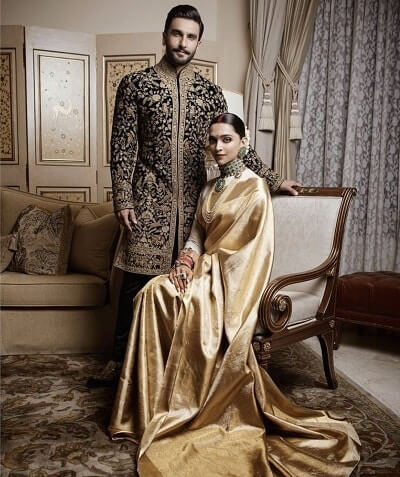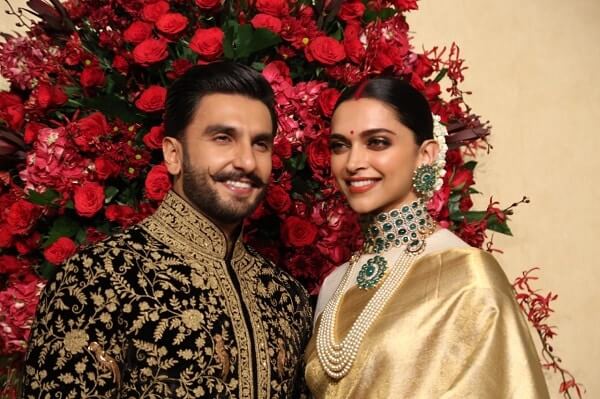A linen kanjivaram sari? Yes, you heard that right.
K.H. Radharaman, creative director of the Bangalore-based design label Advaya, came up with the idea of marrying linen and kanjivaram when he worked on linen for the international market.
“I realised that the matte appearance of linen would blend in beautifully and seamlessly with the subtle gold hue of the kanjivaram zari,” he says.
It took 15 months of work for this intervention to come alive, and since then many sari designers have turned to linen. Available by order and in limited editions, linen kanjivarams are now seen as collector’s items by many sari connoisseurs.
Radharaman’s family have been in the textile industry for 600 years.
With this lineage he sees himself as a custodian of the craft. “I am a traditionalist at heart, I revere tradition. My family has been involved in the creation of the very pieces that are revered as classics in the genres that I have worked in. I have personally revived and recreated many old designs and have regenerated many old techniques.”
View this post on Instagram
And yet, Radharaman is all for innovation.
Given that textiles are “a document of living culture”, he observes that it is necessary to contemporise the craft in them.
It was Advaya that was behind popular actor Deepika Padukone’s custom-made wedding sari in 2018. While this was the first time that fashion folk had heard of Radharaman’s work, those in textiles have been aware of his weaves for well over a decade. It was 11 years ago that he created the first linen kanjivaram.
His experimentations may have had the occasional purist naysayer up in arms, but this has not stopped the textile innovator: being a trained engineer and not a design graduate, he is not bound by any rules. Nevertheless, he understands fully well that when modernising a craft there is always a fine line between expanding the craft’s vocabulary and disrespecting a tradition. “My work as a textile designer is diverse and straddles a wide array of techniques, tools, materials, and craft clusters. I believe all of this has helped me contemporise the design language of traditional Indian crafts in a significant way.”

Radharaman has since worked on several other “updates” including the khadi and tussar kanjivarams. These saris speak of traditions from different parts of India and different times, and quite literally weave the country together into things of beauty.
At his retail store Angadi, traditional and innovative weaves sit next to each other – an untrained eye may not be able to tell which saris are interventions since the architecture of the saris remain loyal to traditions.
By working with lighter forms of cloth, and not sticking to the prescribed silks, Radharaman has added a very modern and user-friendly appeal to the kanjivaram’s repertoire. Advaya is currently working on a new line of bridal saris that alter the visual design vocabulary and motifs of a kanjivaram sari. He says, “Now with the help of technological breakthroughs and immense investments at the back end, we have managed to create large scale repeats and render beautiful, almost story-like motifs that derive inspiration from diverse subjects.”
For Radharaman, innovations like these keep the sari relevant and exciting to future generations.
Tamil Nadu’s famed kanjivaram textile technique dates back to the time of the Chola period, believed to extend from the mid-9th century to early 13th century. Traditionally the kanjivaram sari is made of native Indian mulberry silk, and is an ‘occasion’ garment. Real zari in the pallu and borders brings in the touch of decadence.
Sujata Assomull is the author of 100 Iconic Bollywood Costumes and was the Founding Editor-in-Chief of Harper’s Bazaar, India.
READ ALSO: Grown in Australia, Made in India




